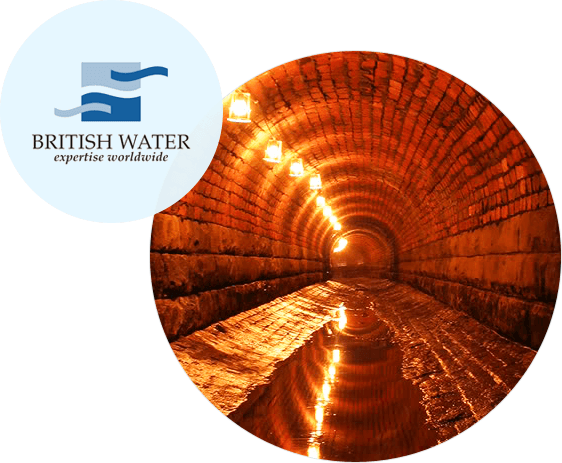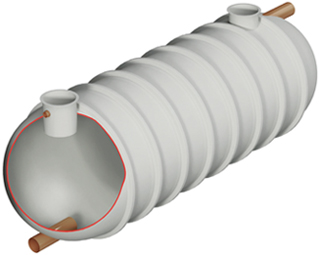Over time, every sewer will accumulate build-up and blockages which need to be cleared away to ensure it continues to function smoothly. There are a variety of methods for cleaning a sewer, and many historical versions make it a very unpleasant job, but luckily there are various modern techniques which make it a much simpler project.

Why do sewers need to be cleaned?
It is important to regularly clean sewers as it makes sure the system continues to operate efficiently. Sewer clearing methods prevent backups and blockages caused by debris, grease, tree roots, sand and grit. When sewers are cleaned out, contractors also check whether they need to be repaired or replaced, and this prevents severe problems such as bursting pipes and leakages.
What are the techniques for cleaning a sewer?
-
Jetting:
The most common method of sewer cleaning is jetting. In this process, water is fed through hoses at high pressure and then fired through a jetting nozzle. This is used to remove material from the sewer walls. It loosens sediment and debris and moves the material along the pipe to a location where it can be removed with a vacuum or air displacement device. This is a useful method as it can be used via a manhole, and the debris is removed without the operator having to go down into the sewer. A disadvantage is that it is difficult to maintain water supply for a long time.
-
Rodding:
This method is a cost-effective and efficient way of clearing small sewer blockages which are less than two metres deep, and no more than 20-30 metres long. Drain cleaning contractors use flexible, jointed rods made of steel, plastic or cane, and push them along the sewer to dislodge and clear any blockages. It can be pushed manually, or the more popular option is machine rodding.
-
Winching:
This involves using a bucket (the size is decided by the problem), which is pulled along the sewer via a cable attached to a pulley and winch. There are holes in the bottom of the bucket to allow water to pass through, and it collects any blockages. The materials are then emptied into skips for removal. This method is especially useful for removing silt and sand. It is an effective technique for removing debris, however, it is time consuming. Also, you must have access to the sewer from both ends, and the route mustn’t have bends as then it can cause structural damage to the pipe.
-
Flushing:
This is a historic technique, and it used to be the most commonly used way of transporting sediments in a sewer.
There were several different methods, such as:
- Dam and release: the sewer flow was held by a stopper and then created an artificial storm when released.
- Syphoning: a chamber is filled with water and discharges at regular intervals.
- Automatic gate: a bucket mechanism tips at regular intervals, releasing the flow.
- Water tank: the tank is filled by a hydrant and then sent into a manhole or flushing eye.
- Hydrant: water is fed in through a hose.
Flushing is helpful as it does not have an effect on the structure of the sewer, and it doesn’t require much labour. The reason this method is not used anymore is because it doesn’t remove the debris completely, it merely moves it along.
-
Manual:
The earliest method for cleaning a sewer was with manual removal done by labourers. They collected the debris into wheelbarrows which were then moved underneath manholes, then bucket by bucket it would be removed through the manhole. This work was dirty, expensive, difficult and dangerous, which is why it is now only used in extreme situations.
Here at Wildon UK, our culvert cleaning contractors are fully qualified to carry out comprehensive drain and sewer cleaning services. Using state-of-the-art equipment, we make sure sewers are clear and flowing well. Wildon UK operate across Stoke-on-Trent, Staffordshire and the whole of the UK. To find out more, contact us today.
Go back to








